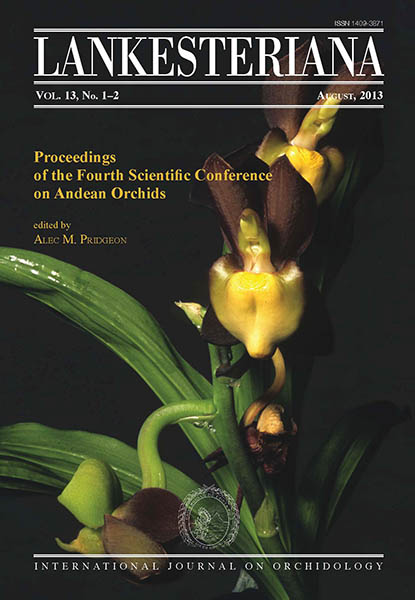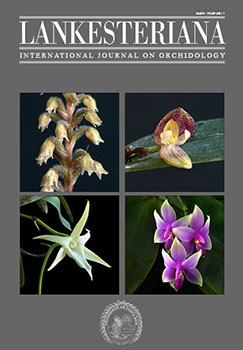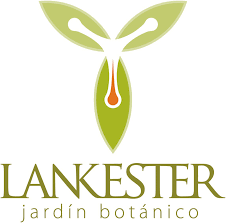Long-term hurricane effects on populations of two epiphytic orchid species from Guanahacabibes Peninsula, Cuba
DOI:
https://doi.org/10.15517/lank.v0i0.11534Palabras clave:
mepiphytes, hurricane recovery, orchidaceae, caribbeanResumen
Disturbances affect the spatial and temporal dynamics of ecosystems. The lack of long-term demographic data affects our understanding the effects of high intensity disturbances such as hurricanes. In this paper we assess population recovery of two epiphytic orchids, Broughtonia cubensis (Lindl.) Cogn. and Dendrophylax lindenii (Lindl.) Bentham ex Rolfe, for 7-8 years after Hurricane Ivan (September 2004, category 5, Saffir-Simpson scale). To analyze some spatial components, we applied recent techniques of marked point pattern analysis to ask two questions: 1) at level of phorophytes, was the height and basal diameter (DBH) related to the damage caused by hurricane Ivan, and 2) was the height of epiphytic orchids on phorophytes related to the damage, too? We found that phorophyte damage caused by the hurricane depends on the ecosystem in which the trees were found. Furthermore, damage to individuals of B. cubensis was independent of their height above ground, in contrast to those of D. lindenii. To assess orchid recovery we compared pre- and post-hurricane measures of vegetative traits: number of leaves and leaf area for B. cubensis and number of living roots and mean root length for the leafless D. lindenii. We also compared changes in the production of inflorescences, flowers, and fruits over this recovery period. We found that vegetative parts of B. cubensis recovered, whereas those of D. lindenii did not. However, neither reproductive effort nor success returned to pre-hurricane levels for either species. The greatest decline in fruit set was by D. lindenii, which may reflect a significant decline in availability of their sphingid pollinators. The relative population growth rate from 2004 to 2012 for B. cubensis indicates that the population has stabilized. Unfortunately, analysis of our eight-year data set (2003-2011) for D. lindenii shows negative population growth. Despite an evolutionary history exposed to severe periodic storms not all orchid species are resilient.Descargas
Los datos de descargas todavía no están disponibles.
Descargas
Cómo citar
Mújica, E., Raventós, J., González, E., & Bonet, A. (2013). Long-term hurricane effects on populations of two epiphytic orchid species from Guanahacabibes Peninsula, Cuba. Lankesteriana: International Journal on Orchidology, 13(1-2). https://doi.org/10.15517/lank.v0i0.11534
Número
Sección
Artículos
Licencia
Conforme con las Políticas de Acceso Abierto promovidas por la Universidad de Costa Rica, los derechos de autor de todos los artículos publicados en Lankesteriana se encuentran bajo una licencia Creative Commons y pueden ser descargados gratuitamente. Los derechos de autor y de publicación pertenecen a la revista bajo la licencia CC BY-NC-ND 3.0 CR.
Before the publication of the materials submitted by the author(s) in LANKESTERIANA, the author(s) hereby assign all rights in the article to the Lankester Botanical Garden.





